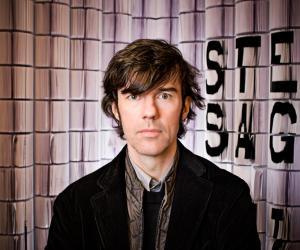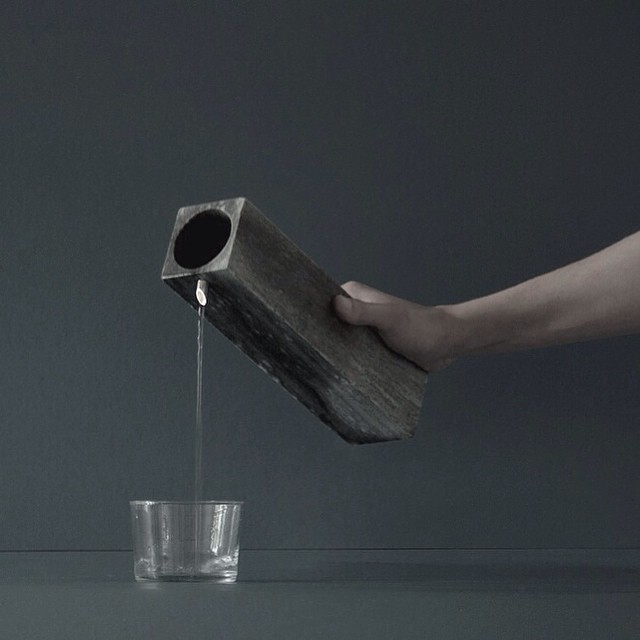We knew to expect the unexpected from a pair of designers who experiment with fish skin, cow bladders, animal blood and even lava. Never ones to do anything half-baked, the Italian designers Simone Farresin and Andrea Trimarchi of Studio Formafantasma gave us an in-depth look at their ideas, work process and influences in their Instagram #DITakeover.
They started off with a bang – a video of the eruption of Etna, the biggest active volcano in Europe, in Farresin’s native Sicily. The most loved picture from their takeover was a beehive vase by Tomas Libertiny, which was created by placing a basic beeswax mould printed with a honeycomb pattern into a beehive.
Check our IG account for more images from Formafantasma’s takeover. This week the #DITakeover goes to Stevo Dirnberger and Chanel Cartell of How Far From Home, who are currently on a creative sabbatical travelling the world after being inspired by Design Indaba 2014 speaker Stefan Sagmeister and his theory of time off.
"Palazzo Steri Abatellis-Palermo, 1400/1952. This building host the Gallery of Art for the Sicilian region, beautifully restored in the 1952 by Carlo Scarpa. #DITakeOver"














